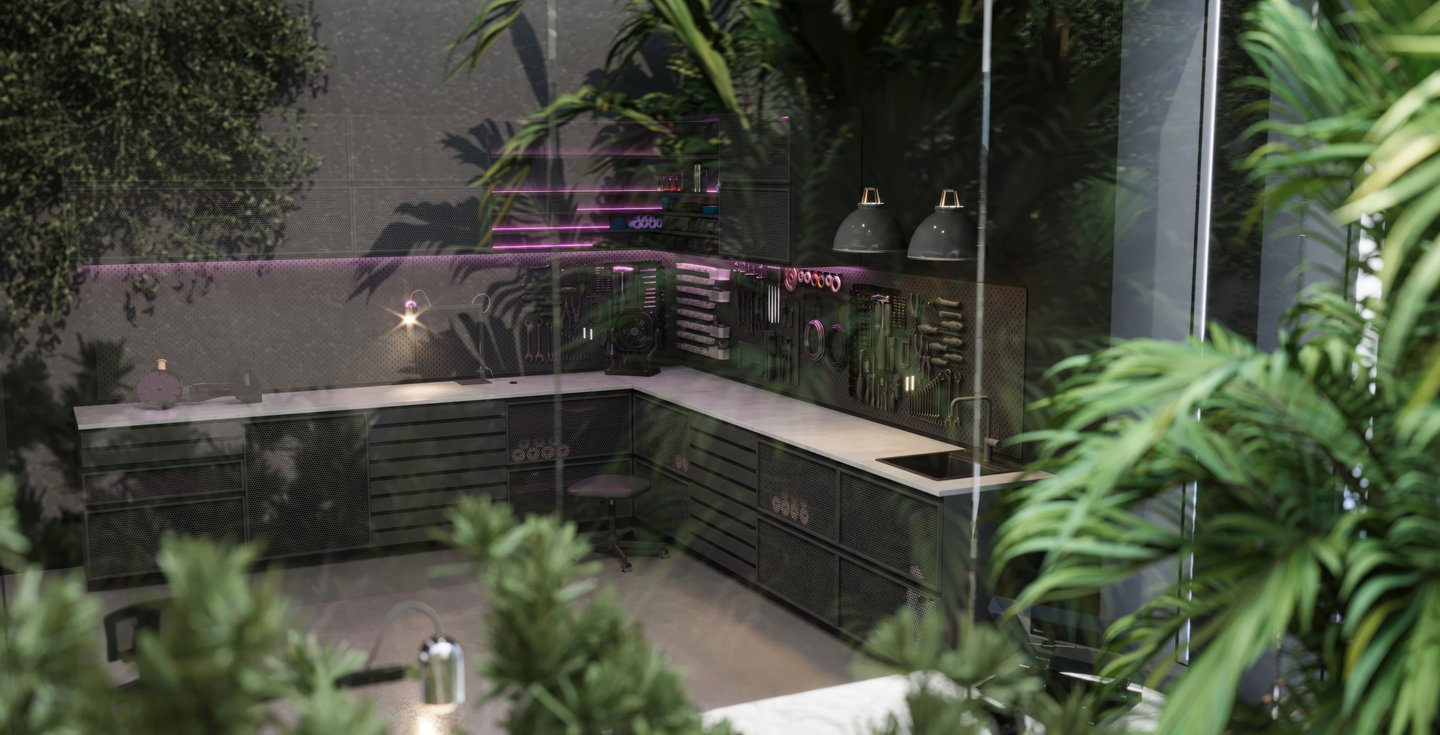Exploring Architectural 3D Animation: A Game-Changer for the Industry
Roman Marchyshak
8/23/20243 min read


Architectural 3D animation has transformed the way we visualize future projects, bringing them to life with dynamic, photorealistic animations. Unlike traditional static 3D rendering, which captures a single image from a specific viewpoint, architectural 3D animation provides a fluid and immersive experience. It allows viewers to explore spatial and environmental relationships in a fully realized, high-resolution final draft.
The process begins with a meticulously crafted digital 3D model of the architectural design. This model is then enhanced using advanced 3D animation software, where it’s textured, lighted, and staged to replicate the real-world environment. The scene is animated, adding a sense of motion and vitality, whether through a virtual walkthrough, a dramatic flythrough, or a time-lapse showing the interplay of light and shadows within a space.
Architectural animations can be tailored to different stages of the design process. For instance, a basic block-out animation might be used during the early design phase, while highly detailed, photorealistic animations are reserved for final client presentations or real estate showcases.
Creating these animations requires industry-leading software. Tools like Autodesk’s 3ds Max, Maya, Lumion, and Twinmotion are the go-to choices for professionals. These powerful platforms enable designers to craft animations that are visually stunning and technically accurate, capturing materials, lighting, and landscape with precision.
The Importance of 3D Animation in the Architectural Industry
Architectural 3D animations revolutionize how construction projects are presented. Unlike traditional blueprints, animations provide a comprehensive visualization of a project’s scope and scale, from detailed interiors to sweeping aerial views. This visual narrative helps clients and stakeholders fully grasp the design within a specific timeframe.
3D animations are also incredibly shareable. Architects can easily distribute animations to clients, colleagues, and construction teams via digital platforms, ensuring that all stakeholders are on the same page, no matter where they are located.
Additionally, these animations encourage deeper client engagement. For instance, home buyers can virtually navigate their prospective property, giving them a reassuring sense of what to expect. This interactive element often leads to higher satisfaction levels.
For interior designers, 3D animations are invaluable. They allow for experimentation with different layouts, furniture arrangements, and color schemes before final decisions are made, saving time and resources.
Key Benefits of 3D Animation in Architecture Design
The impact of 3D animations on the architectural industry is profound. They allow architects and interior designers to offer clients a virtual tour of a project before construction even begins. This immersive video sequence showcases every detail, from room layouts to complex building components, offering a superior level of accuracy and detail that static images simply cannot match.
3D animations also foster better client engagement. They allow clients to interact with the design, exploring it from various angles and perspectives at their own pace. This interactivity enhances their understanding and satisfaction, making them feel more involved in the design process.
Moreover, 3D animations are cost-effective. Potential design changes can be identified and implemented during the animation stage, preventing costly alterations during the construction phase. This makes 3D animation an essential tool for effective project planning and execution.
Steps and Requirements for Creating Architectural 3D Animations
The creation of 3D architectural animations is a detailed process that starts with a solid 2D construction plan. These blueprints are translated into a 3D space, outlining the structure’s shape, dimensions, and key features.
The next step involves selecting the right architectural rendering software. The choice of software is crucial, as it determines the quality of the animation and the level of customization possible. Popular choices include Blender, 3ds Max, and Cinema 4D, all known for their extensive capabilities.
The 2D drawings are then converted into detailed 3D renderings, incorporating depth, texture, lighting, and even environmental simulations. This process ensures a high-quality, immersive visualization of the final project.
Conclusion
The rise of 3D animation has fundamentally transformed the architectural industry. It has redefined how architects visualize, present, and communicate their designs, making high-quality renderings a necessity for success. These animations provide clients with an engaging, immersive experience, ensuring their full involvement and satisfaction throughout the project.
Choosing the right 3D visualization studio can make all the difference. Studios like Perspective Project specialize in professional 3D animation services, ensuring that every detail is rendered with the utmost quality.
As the architectural field continues to evolve, embracing the power of 3D animation is key to staying ahead. In an increasingly digital world, 3D architectural visualization will remain an essential tool in shaping our built environment.
